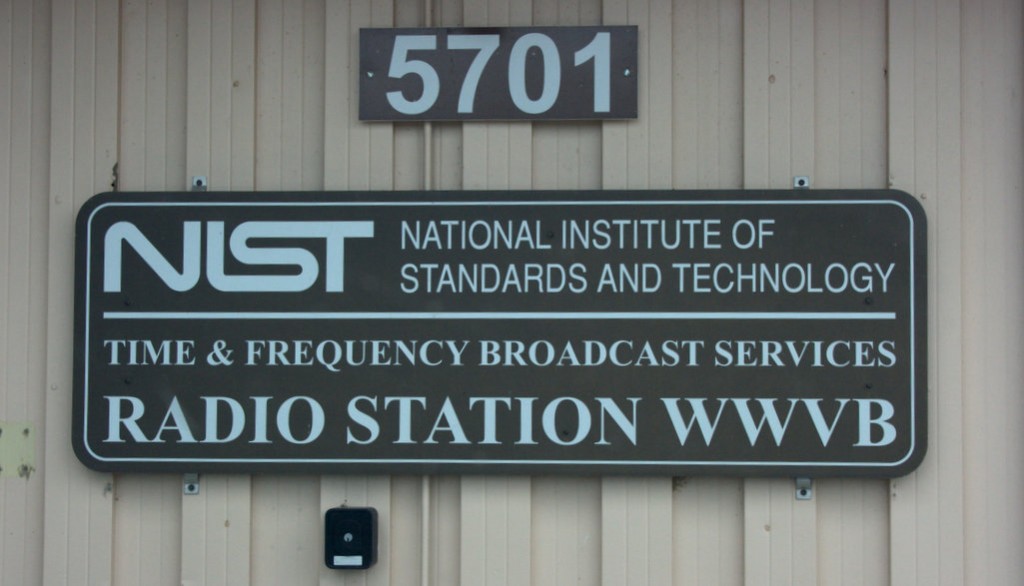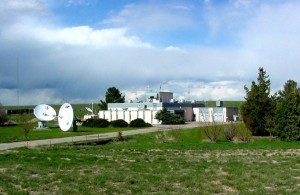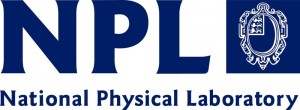Don Moore’s Photo Album
Museum Findings: World War II
by Don Moore
More of Don’s traveling DX stories can be found in his book Tales of a Vagabond DXer.
Learning should be a life-long pursuit for all of us. One of my ways of doing that is by visiting museums while traveling, whether in the USA or abroad. Cultural, historical, and science museums are my favorites. And if a museum’s theme includes the 20th century, there is a good chance that something related to radio will be found in the collection. In this edition of the Photo Album I want to share some findings related to radio and World War II that I’ve recently found in museums here in the USA.
Do A-Bombs QSL?
I’m based in Pennsylvania but my daughter lives in western Colorado and my son in Texas. So in September and October of 2024 I made a 45-day road trip to visit them both and see sites along the way. One stop was Santa Fe, New Mexico. The New Mexico History Museum downtown has an excellent exhibit on the development of the Atomic Bomb and the effect on the local area. The real place to learn about this, however, is an hour north of the city at Los Alamos, where the project actually happened.
In addition to the historical sites, Los Alamos has one of the best science museums I’ve been to anywhere. That’s not surprising considering that not many places have as many scientists per capita as Los Alamos does. And there I learned that radio was closely involved in dropping the first A-Bomb on Hiroshima.
The scientists at Los Alamos developed two types of atomic bombs. The bomb dropped on Hiroshima used a uranium-gun to initiate the explosion. The scientists were certain this would work so this was not tested beforehand. The bomb dropped on Nagasaki used the second method with a with a plutonium-implosion as the trigger. But they were uncertain as to whether or not this would actually work so it had already been tested in the New Mexico desert in July 1945. That was the first atomic explosion and the scientists collected lots of useful measurements.
But the developers had no such measurements for the uranium-gun bomb as it hadn’t been tested. But how to get them? They obviously couldn’t place monitors on the ground at Hiroshima beforehand. Physicist Luis Alvarez was tasked with finding a solution. Alvarez’s team built three canisters filled with monitoring equipment and VHF transmitters to be carried by The Great Artiste, the observation plane that would accompany the Enola Gay to Hiroshima. The three canisters were to be dropped by parachute at the same moment that the Enola Gay dropped the bomb.
The signals from the canisters were to be picked up by a bank of Hallicrafters S-36 VHF receivers on the plane and then feed to oscillographs to record the results, which would simultaneously be recorded by movie cameras.
It all worked according to plan and data was received from two of the three canisters before they were engulfed by the explosion. But, to the best of my knowledge, no QSLs were issued for the receptions.
The WASP Museum
My next destination after Santa Fe was San Antonio, Texas, 700 miles (1100 kilometers) away. To make the road trip more interesting I wanted to find some things to see along the way. While perusing Google Maps I came across the National WASP World War II Museum in Sweetwater, Texas. The museum has nothing to do with insects. The acronym stands for Women’s Airforce Service Pilots.
The use of women pilots in support roles to the US Army Air Force began in 1942 with the Women’s Flying Training Detachment (WFTD) and Women’s Auxiliary Ferrying Squadron (WAFS). In 1943 the two programs were merged to form the WASP program and the airfield at Sweetwater was chosen for the four-month training program. In total, 1,830 women started WASP training and 1,074 finished, about the same success rate as with male military pilots of the era. Continue reading














